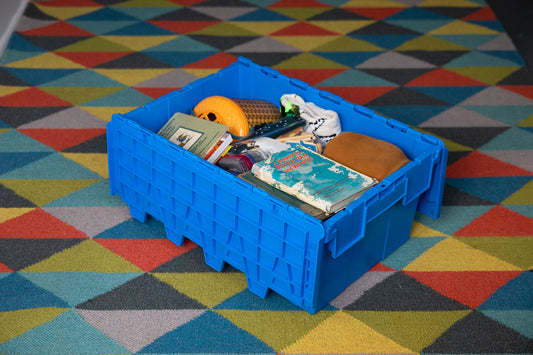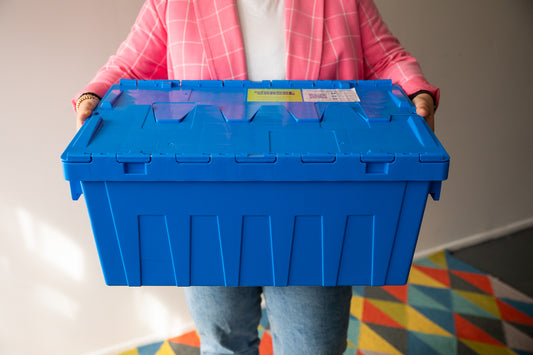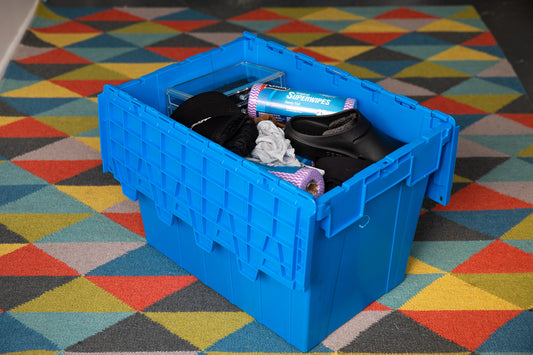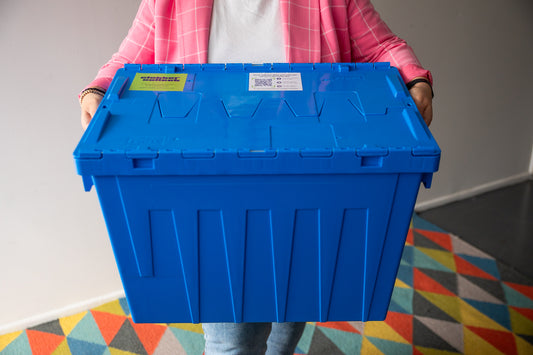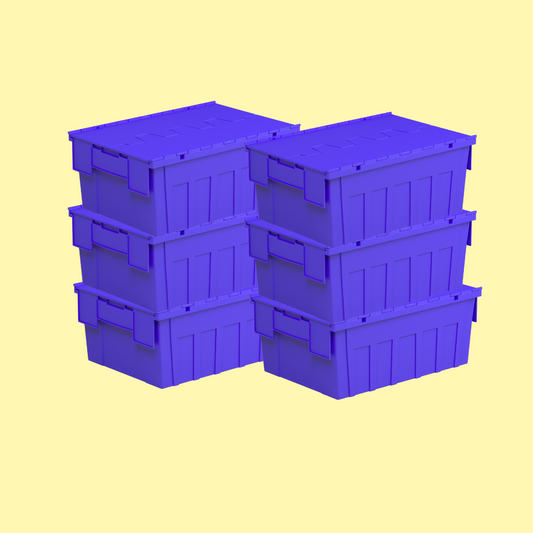It's just a few days until the end of term - I'm deep in school holiday activity planning mode!
I have a little bit of decluttering I'd like to do with my almost-6 year old; I've noticed there are several toys that haven't been played with in a while, and quite a few clothes that are too small and ready to be moved along. You may remember that in Part 1, I talked about who takes responsibility for the final decision of what stays and what goes - this is a really helpful example to reinforce that point. I'm happy leaving the final decision with my son on which toys he declutters; that can be his responsibility. I will take responsibility on the clothes; he is not remotely interested in his wardrobe yet, so asking him to take responsibility for the clothes wouldn't make sense, and therefore would be frustrating and time consuming for both of us.
So far we’ve covered a lot about what the session looks like, and then Part 2 covered what you can do to support your child and set them up for decluttering success. Now it’s time for action and you might find that your kid literally has no clue where to start. Read the following guidelines with them, and feel free to say “this lady says this is how to do it…” so it shifts the instruction off your shoulders and onto mine. (If your kid is anything like my kid, it’s sometimes easier to take instructions from anyone other than a parent.) And at the very end, you'll find a bonus Part 4, which is possibly the most important decluttering step of all. Make sure you read to the end!
Part 3: A practical decluttering guide for kids to follow
Before you start, choose just one category
For example, board games OR sports equipment OR soft toys OR Pokemon, and so on.
By focusing on just one category at a time, we're reducing any chance of overwhelm. "Declutter your room" could mean everything is pulled out, a huge mess is made, and then it is eventually stuffed away in an even bigger mess than when things started. So for your first session, choose just one category to work on. You'll be able to finish your decluttering session in the agreed timeframe, and putting things away at the end will be much faster AND easier because you'll hopefully have chosen a few things that you no longer want to use or play with.
Step 1: Spread the whole category out
It's much easier to make decisions when you can see everything in front of you, so spread the whole category out on the floor or bed. You might notice that you have double ups of the same item, which you wouldn't be able to figure out if they were still in a box, cupboard or drawer.
You might notice straight away that there are things you don't like. Perhaps they're broken, incomplete, or just a bit boring now. Remove those things straight away - if they're broken, put them in a rubbish bag. If they still work and you think someone else might like them, put them in the donation pile.
Keep going on all of the things that you don't like or want have been removed. Well done - you've just nailed some decluttering.
Step 2: Put away your Favourites
You should now only have things in your pile that you REALLY like, and things you're not sure about. We'll call the things you REALLY like your Favourites, and the things you're not sure about are your Maybes. We'll come back to the Maybes in a moment - for now let's get your Favourites put away. Put them back in their box or container, away on a shelf or in a cupboard, and then come back to the Maybes. You're nearly finished!
Step 3: How to deal with the Maybes
All that is left now to deal with is the stuff you're not sure about. You didn't immediately get rid of it in Step 1, and then you didn't consider it a Favourite thing and put it away in Step 2. There's a good chance you're unsure about the stuff that's left over because you might want to use or play with it some time in the future. That's ok - decluttering isn't about getting rid of everything just for the sake of it. It's about helping you figure out the things you really love and use all the time. It's completely normal to have some Maybes left at the end of it.
What we do at this point is pick up every item, one at a time. When you hold it in your hands, it might spark a feeling that you didn't have just by looking at it. That might be a good feeling, like a happy memory, or it might be a not so great feeling, like it's really sticky to touch and your hand feels gross after touching it. If it's a bad feeling, either put it in the bin (if no one else will like it) or the donate pile. If it's a good feeling, put it to one side. Continue working through the rest of your Maybes like this, figuring out if it's a good feeling or bad feeling you get when you pick it up.
You're now left with hopefully a smaller pile of Maybes left over. My suggestion is at this point, you go and ask your adult helper to give you a box or container that you can put your Maybes into, and right a label on the box that says "MAYBES". Remember that these aren't Favourites, so you probably won't be reaching for them to use or play with all the time. Tuck the MAYBES box into your wardrobe or under your bed, and know those items are close by if you need them at any point. And if you haven't touched the MAYBES box in the next school holidays, perhaps that is an easy decluttering win for the next school holidays.
Part 4: Deal with the decluttered stuff …
… As quickly as possible. There are two phrases that I want to introduce you to right now, and they are the bane of every would-be declutterer's life: Recluttering and Declutterer's Remorse.
Recluttering is the process of deciding what is no longer wanted or needed, and setting it aside somewhere in the house. If it sits there long enough, it is highly likely that someone else is going to come across that little treasure trove of forgotten goodies and either mistake them for things that need to be put away, or decide that they'll have "one last play" before they go. Either way, the result is that the unwanted stuff gets absorbed back in with the wanted stuff, which makes the decluttering session a big waste of time.
Declutterer's Remorse is that feeling that you've made a big mistake and actually DO want to keep some of the things you'd decided to let go of. This wouldn't be so bad if it was just a couple of things - it's ok to change your mind. But what usually happens is that in trying to track down the things you genuinely do want to keep, you've got to make it past a whole pile of other unwanted things first. Seeing all of those items again when you're already feeling remorseful about letting something go is dangerous territory - changing your mind now undermines your confidence and weakens that decluttering muscle we talked about in Part 2.
Getting things out of the house ASAP is the best way around this. Don't leave the decluttered items by the front door, in a cupboard, or the boot of the car - if you can, drop things off to your local op shop the same day. Even better, book yourself a Clutter Box - our Boxes are "lockable" so you can safely pop them out of sight and know that there is no chance of Recluttering thanks to curious (or remorseful!) kids rifling through it. We'll pick your full Clutter Box up four weeks after we've delivered, and make sure that all your unwanted items are redistributed into the community to families that really need and want them.
That's it for our Decluttering With Kids blog series. I hope you've enjoyed it and found something useful to kickstart your kids' school holiday decluttering activities!
The whole bog series is now live and you can read them here:


